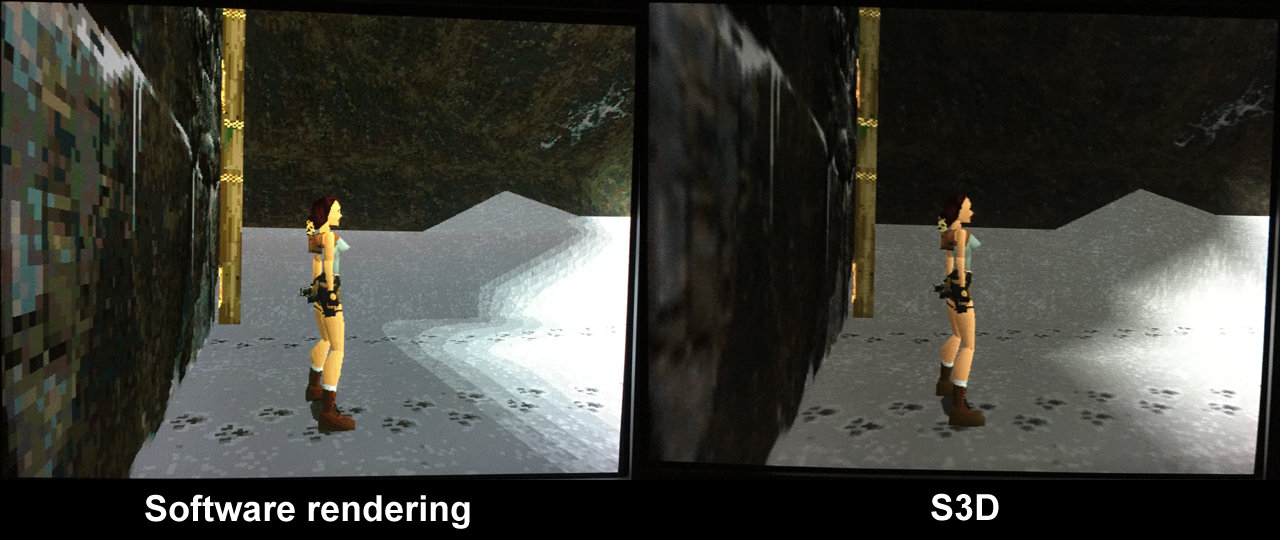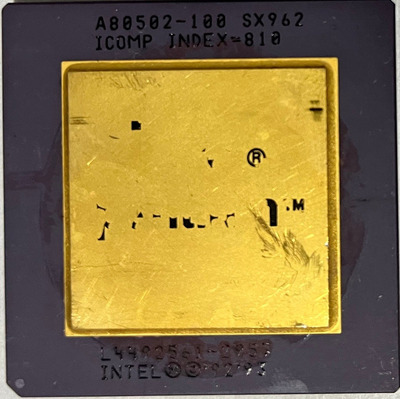rasz_pl wrote on 2023-10-24, 05:45:Virge 3D "acceleration" was pure scam.
A few years back, I've done some limited testing on this with Tomb Raider. At 640x480, a Virge DX in S3D mode performs slightly better than a Pentium 133 using software rendering at that same resolution. Of course, you get 16-bit color, perspective correction and bilinear filtering with S3D, while the software renderer uses a 256 color palette without any of those things.

Also, in S3D mode, you can turn off some of those extra features and lower the resolution to 512x384 for an additional FPS boost, which leaves the software rendering performance of the Pentium 133 firmly behind.
So the Virge DX (which is one of the faster models) can actually serve as an accelerator on slower Pentium systems, but gets quickly outclassed on anything faster. It doesn't help that clocks vary wildly between Virge cards from different manufacturers, so take my test results with a grain of salt. That said, most people who decry the Virge as a "decelerator" seem to be doing one or more of these things:
- using an original Virge or a VX, both of which are slower than the newer DX and GX models
- using it for games from 1998 or later, instead of focusing on S3D and early Direct3D titles
- using it with a fast CPU, like a Pentium 3
In any of those scenarios, the Virge will indeed be a very bad choice. But for S3D acceleration under pure DOS, it can be an ok solution, if paired with a slow CPU. Heck, there's even a video of someone using a Virge with a 486 and getting a lot more performance out of Tomb Raider compared to what that CPU can normally provide via software rendering.

